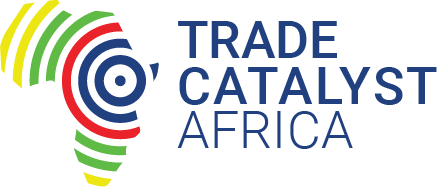The Africa Sourcing Fashion Week (ASFW) was a fantastic event that provided a platform to connect with industry leaders, new manufacturers and suppliers, showcasing Africa’s burgeoning potential in fashion and garment production. Yet, beneath all the great energy lies a stark reality: Sub-Saharan Africa’s (SSA) textiles and garment industry contributes just 1.9% of global textile exports (World Bank, 2023). We’re not yet stitching together our full potential.
The threadbare reality:
Three critical gaps unravel progress:
- Fabric of production: SSA accounts for less than 5% of Africa’s total textile production (Afreximbank, 2023), relying heavily on imports for fabrics and raw materials. Meanwhile, local cotton farmers see just 2-5% of the final garment value (Brookings, 2023).
- Tangled infrastructure: Energy costs are 3x more expensive than in Asia, and inefficient logistics increase production costs by 15-30% (UNCTAD, 2022), a premium Africa cannot afford.
- Unwoven trade: Despite the African Continental Free Trade Agreement (AfCFTA) potential, intra-African textile trade remains below 12%, hindered by non-tariff barriers and supply chain fragmentation (AfCFTA Secretariat, 2024).
A Pattern for Change:
While the continent is still nascent, this sector could trigger significant economic growth, generating 20 million jobs by 2030 (ILO, 2023), innovation, and improved livelihoods. Still, much more needs to be done; the industry requires a better enabling environment focused on creating cost competitiveness. Supply chain capabilities must be developed for the continent to gain a credible share in global production. These require investments, necessitating intentional national strategies with a razor-sharp focus to support the industries and ensure timely implementation.
Further, the public sector must be cognizant of the risks to which the private sector exposes itself; therefore, beneficial public-private partnership approaches should be adopted. The importance of such collaboration is evident in examples like Ethiopia’s Hawassa Industrial Park model, which has boosted Ethiopia’s textiles sector, proving that incentives work. Since 2008, global economic shocks have been the norm rather than the exception; the African continent must work towards remaining adaptable and flexible to navigate this. We can and should harmonise our standards and leverage the AfCFTA to boost intra-African textile trade. No one organisation, financial institution, or agency can do it alone; it takes a village, coordination, collaboration, and trust. Will we rise to the challenge?
I celebrate the businesses and organisations that came together during the ASFW to discuss what is working and what is needed. Africa’s garment sector needs scissors—the kind that cut through bottlenecks to stitch together a truly continental industry. The future is Africa; let’s make it African.
Authored by Antoinette Tesha
Investment Director, Trade Catalyst Africa,



